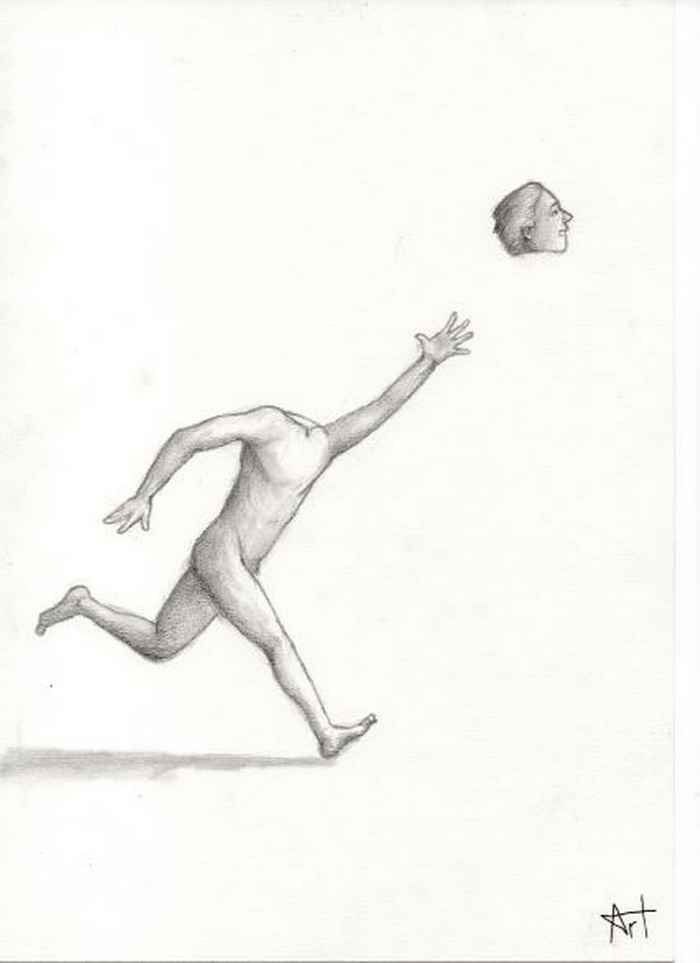Park Chan-wook’s The Handmaiden: Performing Not-yet Queerness Toward a Utopian Future
- Date
- 11 June 2024
- Time
- 17:00
- Location
- Oudemanhuispoort
- Room
- C2.17

Park Chan-wook’s The Handmaiden:
Performing Not-yet Queerness Toward a Utopian Future
Hee-seung Irene Lee
Korean Studies
University of Auckland, New Zealand
Abstract
Park Chan-wook’s The Handmaiden (아가씨, 2016) presents a fascinating case of transnational adaptation, inspired by the well-known Neo-Victorian novel, Fingersmith (2002), penned by Welsh writer Sarah Waters. Both the film and its source text narrate the tale of queer lovers navigating a hostile time and place, compelling them to live counter to their desires. Park's adaptation preserves the central dramatic conflict between societal norms and the inherent queer desire gradually unfolding for the two female protagonists. However, the film relocates Waters's original story of lesbian lovers from Victorian England to Korea under Japanese rule in the 1930s.
This paper explores how such a radical spatial and temporal shift, in the name of adaptation, imbues a sense of futurity in interpreting and envisioning the original novel’s retrospective portrayal of immanent queer subjects from a 21st-century perspective. A prominent transformation in transposing the two Victorian heroines troubled with “the love that dare not speak its name” to colonial Korea involves the introduction of two distinct ethnic, national, and cultural identities, in addition to the novel's class division, positioning the film’s heroines at opposite ends of the colonial hierarchy in the beginning. The film’s three-part narrative effectively illustrates how Japanese noble lady Hideko and Korean handmaiden Sook-hee not only cross these divides successfully but audaciously engage with and transcend contextual and psychological obstacles, injecting a generic vitality into this mainstream film.
The Handmaiden’s dislocation of queer desire bolsters cinema's capacity to reintroduce the openness of a future into the historical past when envisaging the un(der)represented desires in their hidden potentialities. With a focus on the film’s desire to reshape the colonial past, which is steeped in violent patriarchal macromania and capitalist greed and its anticipation of what might be possible, this paper investigates how The Handmaiden embodies and performs the nexus of queerness, which José Muñoz describes as "the rejection of here and now and an insistence on potentiality or concrete possibility for another world" (Cruising Utopia: The Then and There of Queer Futurity, 2009, p.1). The film, by seamlessly integrating different cultural and historical visages and nuances, challenges conventional representations of queer subjects under a single identity and presents the futurity of queerness as a positive excess between history and possibility.
Hee-seung Irene Lee is a Korea Foundation Lecturer in Korean Studies at the University of Auckland. Irene completed her PhD in Film, Television, and Media Studies from the same university and has been teaching and researching contemporary Korean cinema and media, East Asian popular culture, screen adaptation, film theory, and critical theory.
